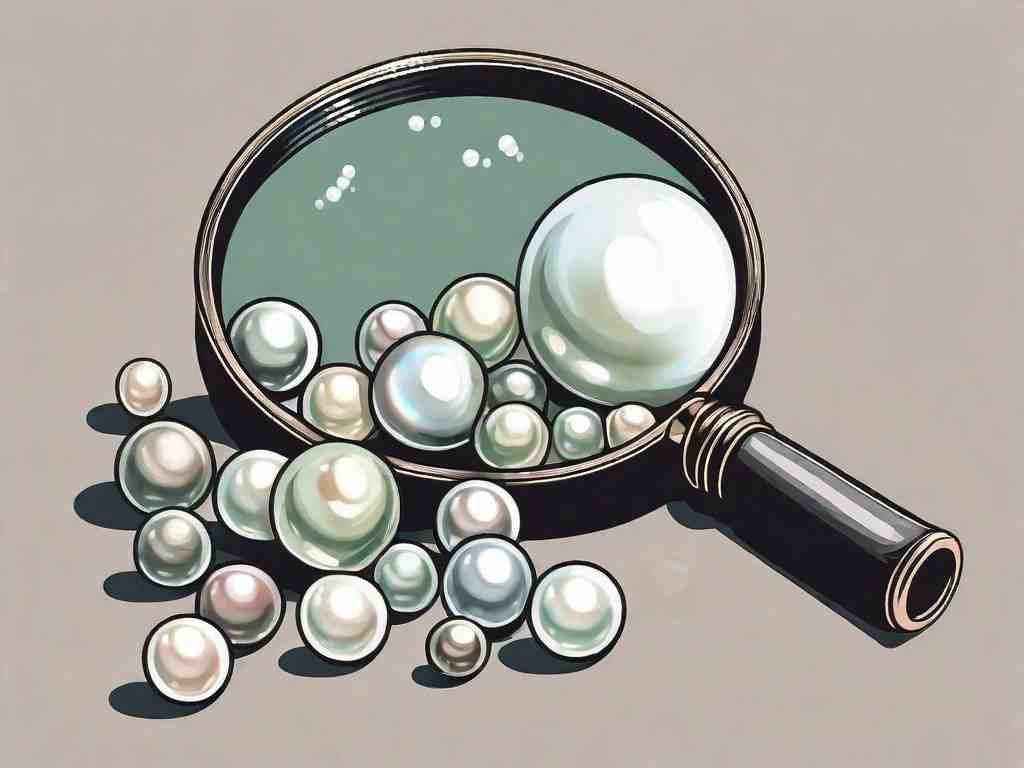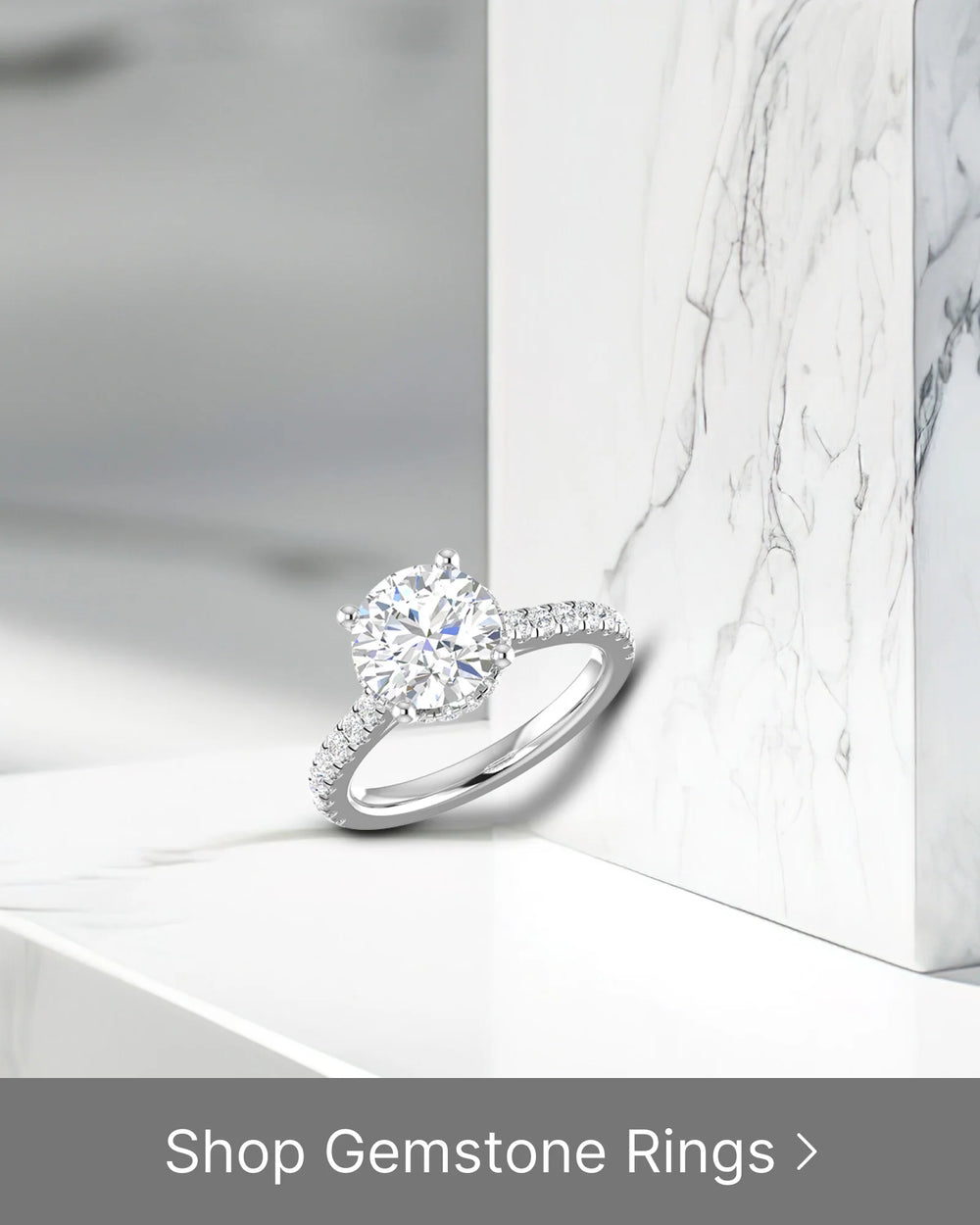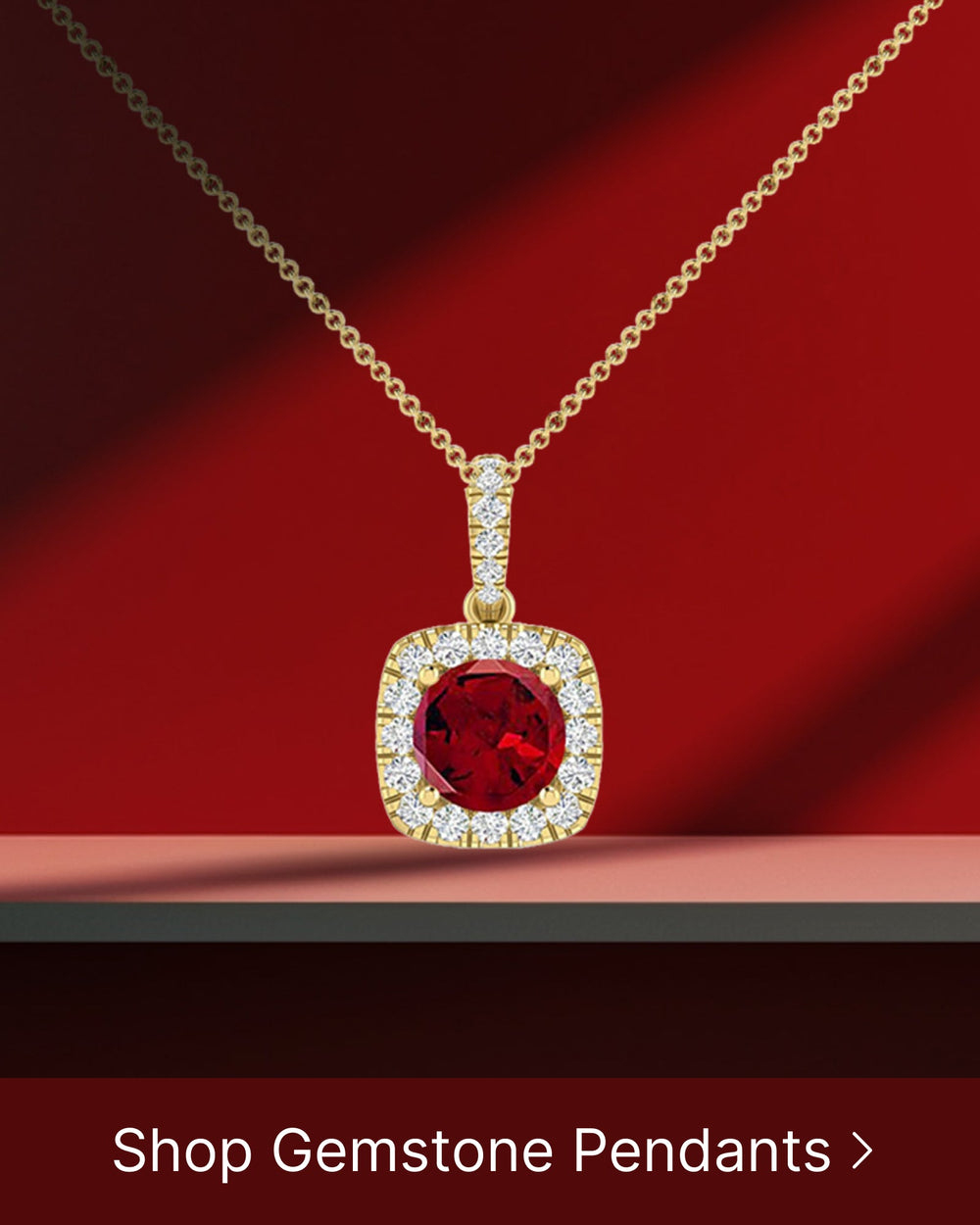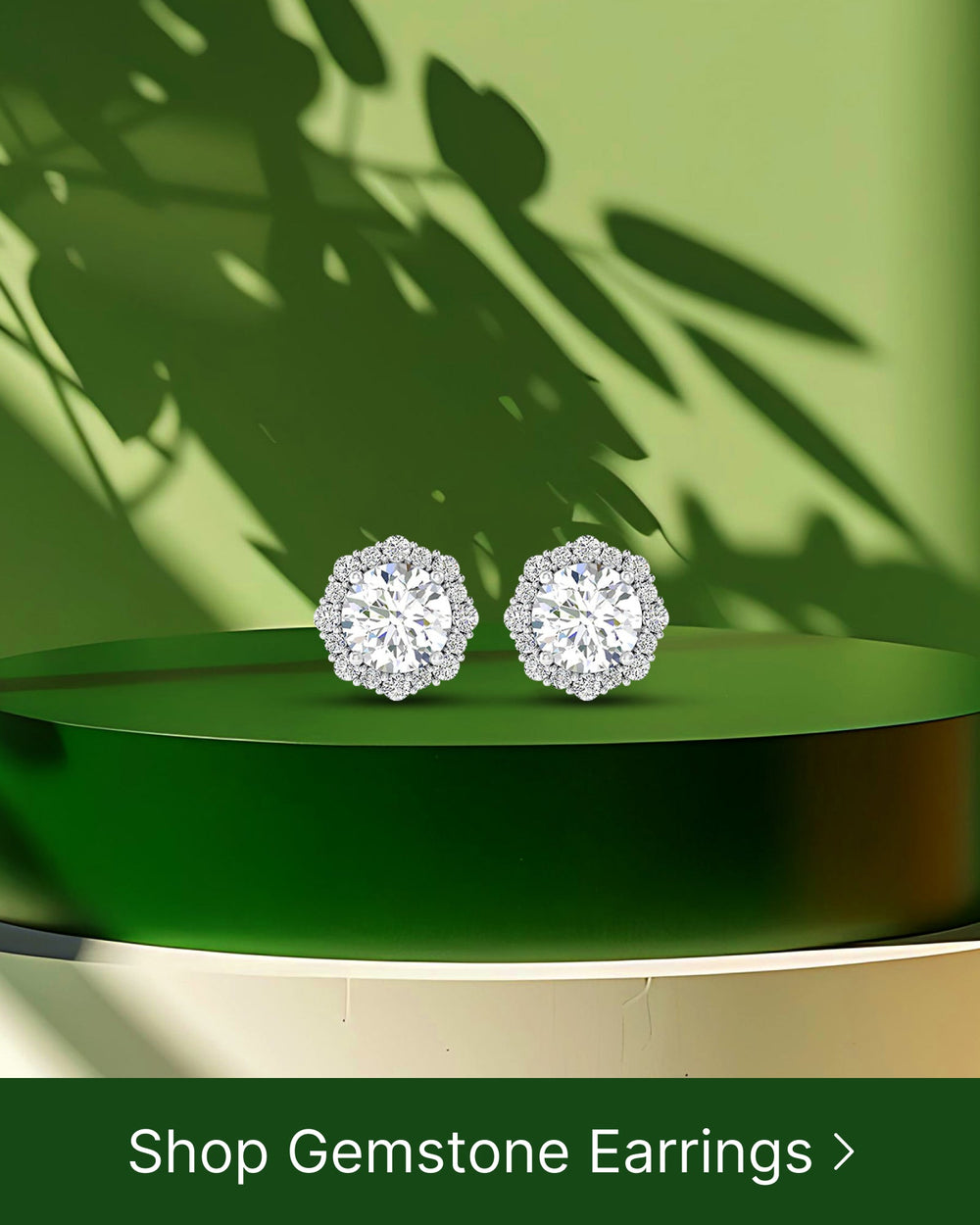Real or Fake: The Ultimate Guide to Identifying Genuine Pearls
In the world of jewelry, pearls have always held a special allure. Their iridescent beauty and timeless elegance make them a popular choice for both classic and contemporary designs. However, not all pearls are created equal. Some are genuine, while others are clever imitations. In this ultimate guide, we will delve into the world of pearls to help you understand how to distinguish real pearls from fake ones. So, whether you're a jewelry enthusiast, a prospective buyer, or simply curious about pearls, let's embark on this fascinating journey of discovery.
Understanding the Value of Genuine Pearls
Before we dive into identifying genuine pearls, it's crucial to comprehend why they hold such immense value. To fully appreciate their allure, let's delve into the history of pearl harvesting and explore the reasons genuine pearls are prized.
Genuine pearls have captivated humanity for centuries, their beauty and rarity making them objects of desire. The allure of these exquisite gems can be traced back to ancient times, where they were treasured by royalty and nobility.
The History of Pearl Harvesting
Pearls have been treasured for centuries, with a rich history dating back to ancient times. The practice of pearl harvesting originally originated in Asia, where divers would skillfully retrieve pearls from oyster beds on the ocean floor. These divers would plunge into the depths, braving the unknown, to extract these precious gems from their natural habitat.
Over time, this labor-intensive process spread across the globe, with various countries becoming renowned for their fine pearls. The Persian Gulf, for example, was known for producing exceptional natural pearls, while Japan became famous for cultivating cultured pearls using innovative techniques.
The art of pearl harvesting involves great skill and precision. Divers would carefully select oysters, delicately prying them open to reveal the hidden treasures within. The process required patience, as not every oyster would yield a pearl. It was a game of chance, with the hope of discovering a rare and flawless gem.
Why Genuine Pearls are Prized
Genuine pearls possess several unique characteristics that distinguish them from imitations. They exude an enchanting luster, reflecting light in a way that imitations simply cannot replicate. This natural glow gives genuine pearls a mesmerizing quality, captivating all who lay eyes upon them.
In addition to their luster, genuine pearls have a distinct texture. When gently rubbed against the skin, they feel smooth and cool, a testament to their organic origin. This tactile sensation adds to the allure of genuine pearls, making them a delight to wear.
Furthermore, genuine pearls exhibit a specific weight and size. Each pearl has its own individuality, with variations in shape and dimension. This uniqueness adds to their charm, as no two pearls are exactly alike.
These attributes contribute to their desirability and value in the world of jewelry, making genuine pearls highly sought after for their rarity. The scarcity of natural pearls, combined with their inherent beauty, makes them a symbol of elegance and sophistication.
When wearing genuine pearls, one can't help but feel a connection to the rich history and tradition that surrounds them. They are not just pieces of jewelry, but timeless treasures that have stood the test of time.
The Characteristics of Genuine Pearls
Now that we understand why genuine pearls are so highly valued, let's explore the specific characteristics that set them apart.
But before we dive into the details, let's take a moment to appreciate the fascinating world of pearls. Pearls are the only gemstones that are created by living organisms. They are formed inside the shells of certain mollusks, such as oysters and mussels, as a defense mechanism against irritants.
Now, let's delve into the enchanting characteristics of genuine pearls.
The Luster of Real Pearls
One of the most captivating features of genuine pearls is their luminous luster. Real pearls possess a natural glow that emanates from within, reflecting light in a way that imitation pearls simply cannot replicate. This mesmerizing luster is a result of the layers of nacre, also known as mother-of-pearl, that coat the pearl over time. The nacre reflects and refracts light, creating a stunning play of colors and a captivating iridescence. Their radiant sheen adds depth and radiance to any piece of jewelry they adorn.
Imagine wearing a necklace adorned with genuine pearls and how they would catch the light, casting a soft and ethereal glow on your skin. It's no wonder that pearls have been cherished for centuries as symbols of elegance and beauty.
The Texture of Genuine Pearls
When it comes to texture, genuine pearls have a unique feel that sets them apart from their imitations. Running your fingers across their surface reveals a slight roughness, known as "rice grain texture." This texture results from the layering of nacre, the substance that gives pearls their distinctive appearance.
As you touch a genuine pearl, you can feel the individual layers of nacre, almost like tiny ridges, giving it a tactile quality that imitations lack. This texture is a testament to the pearl's organic origin, reminding us of the intricate process that occurs within the mollusk as it creates this precious gemstone.
The Weight and Size of Real Pearls
In addition to their luster and texture, the weight and size of genuine pearls provide further clues about their authenticity. Genuine pearls tend to have a satisfying heft to them and are generally heavier compared to their imitations. This weight is a result of the layers of nacre that have built up over time, giving the pearl substance and solidity.
Furthermore, the size of genuine pearls can vary, ranging from small seed pearls to larger, more dramatic specimens. Each size has its own unique charm and allure. Smaller pearls can be delicate and dainty, perfect for adding a subtle touch of elegance to any piece of jewelry. On the other hand, larger pearls make a bold statement, commanding attention with their impressive size and presence.
Whether you choose a strand of perfectly matched pearls or a single pearl pendant, the weight and size of genuine pearls contribute to their overall beauty and value.
Now that we have explored the characteristics of genuine pearls, we can truly appreciate the allure and magic they hold. From their captivating luster to their unique texture and weight, genuine pearls are a testament to the wonders of nature and the artistry of the mollusk that creates them.
Common Pearl Imitations
With their unrivaled beauty and value, it's no surprise that pearls have been imitated throughout history. Here, we will explore some of the most common pearl imitations you may encounter.
Glass Pearls
Glass pearls are a popular imitation due to their affordability and ease of production. While they may closely resemble genuine pearls, they lack the organic qualities and luster that make real pearls so alluring.
When examining glass pearls, you'll notice that they have a uniform appearance and smooth surface. This is because they are typically made by coating a glass bead with a pearlescent finish. While they can be quite beautiful, glass pearls lack the depth and complexity of genuine pearls.
Furthermore, glass pearls are usually lighter in weight compared to real pearls. This is because glass is less dense than the layers of nacre that compose natural pearls. So, if you were to hold a glass pearl and a genuine pearl of the same size, you would notice a difference in their weight.
Plastic Pearls
Plastic pearls are another frequent imitation found in costume jewelry. While lightweight and inexpensive, they lack the depth and texture of genuine pearls, making them easily distinguishable upon closer inspection.
Unlike glass pearls, plastic pearls are made entirely from synthetic materials. They are typically molded into shape and coated with a pearlescent finish to mimic the appearance of real pearls. However, the lack of organic materials means that plastic pearls do not possess the same luminosity and iridescence as their genuine counterparts.
Additionally, plastic pearls often have a smooth and flawless surface, lacking the subtle imperfections and irregularities that are characteristic of natural pearls. These imperfections, known as "birthmarks," are what give genuine pearls their unique charm and individuality.
Shell Pearls
Shell pearls are crafted from crushed oyster shells and coated with pearlescent pigments. While they may appear similar to genuine pearls, they lack the natural layers of nacre and have a noticeably different weight and texture.
When examining shell pearls, you'll notice that they have a similar appearance to real pearls, with a pearlescent sheen and a round shape. However, upon closer inspection, you'll find that shell pearls lack the depth and complexity of genuine pearls.
One key difference is the weight of shell pearls. Since they are made from crushed oyster shells, they tend to be heavier than genuine pearls. This weight discrepancy can be detected when holding a shell pearl and a real pearl of the same size.
Furthermore, shell pearls lack the natural layers of nacre that give genuine pearls their luminosity and iridescence. Instead, they are coated with pearlescent pigments, which can wear off over time, revealing the underlying shell material.
It's important to note that while these imitations may not possess the same qualities as genuine pearls, they can still be enjoyed for their own unique beauty. Whether it's glass pearls, plastic pearls, or shell pearls, each imitation offers its own distinct appeal and can be a more affordable alternative for those who appreciate the elegance of pearls.
Testing Methods for Pearl Authenticity
Now that we've explored the characteristics of genuine pearls and common imitations, it's time to discuss various testing methods to determine a pearl's authenticity.
The Tooth Test
The tooth test is a simple yet effective way to distinguish between genuine pearls and imitations. By lightly rubbing the pearl against your teeth, you can feel the slight texture of genuine pearls. Imitations, on the other hand, will feel unnaturally smooth.
The Drill Test
In the drill test, a small hole is drilled into the pearl's surface. Genuine pearls will reveal layers of nacre, while imitations will expose their true nature, often revealing a core material such as plastic or glass.
The Luster Test
Finally, the luster test involves examining the pearl's reflective properties. Genuine pearls emit a radiant luster, while imitations tend to have a dull or overly shiny appearance.
Armed with this ultimate guide, you can now confidently navigate the world of pearls. Remember to consider the characteristics, be aware of common imitations, and employ the testing methods discussed to ensure you're acquiring a genuine treasure. Whether you're adding to your personal collection or purchasing a gift, authentic pearls will continue to captivate and elevate any jewelry ensemble for years to come.







